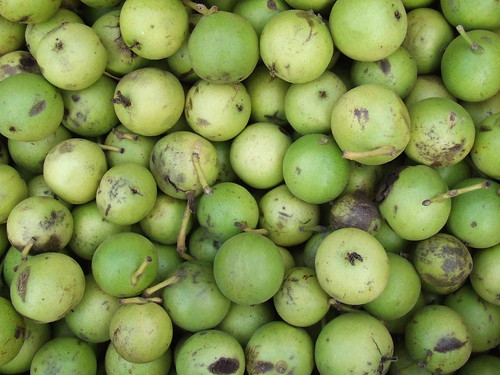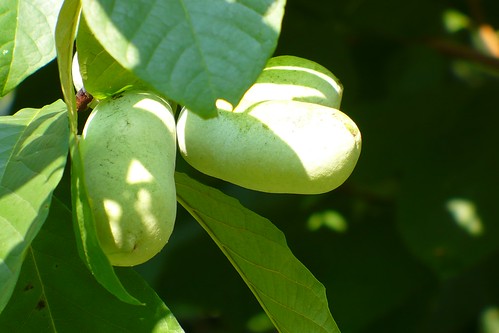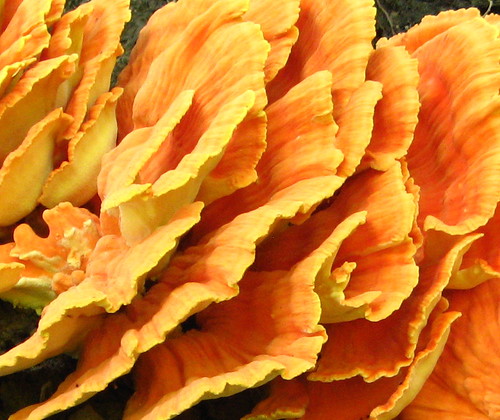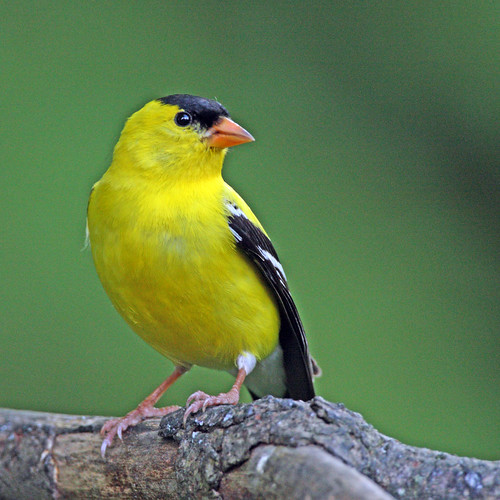Here are some of the things we like to keep an eye out for in September. Links are to previous posts on the Natural Capital.
What have you been seeing out in nature lately? Leave us a comment!
The goldenrods in our yard are beautiful right now. Open sunny areas should be full of their yellow glow. Be sure to look closely for all the cool little critters that are attracted to the bright flowers.
Ragweed is also blooming: the scourge of the fall allergy sufferers of Washington, DC. Unlike goldenrod, which attracts all kinds of pollinating insects, ragweed relies on the wind to spread its pollen. I just wish it wouldn't spread it into my nose. Rain makes things better: those airborne pollen particles get sogged down and don't fly around as much.
Black Walnuts are starting to fall from trees all over the DC metro area. They're a hard nut to crack, which could explain why they sell for $16 a pound
While you're looking for walnuts, you may also find hickory nuts. They've got a similar green husk but slightly smaller, with four divisions in it. The nuts of some species of hickory are much more edible than others.
Pawpaws are the largest fruit native to the DC area. In groves of mature trees, you can find them littering the ground, ready for eating. Of course, you'll have to beat the raccoons and opossums to them. If you can find enough, you can make pawpaw-walnut cookies.
Chicken of the woods is a hard-to-mistake and hard-to-match mushroom. I recently saw someone mention fixing it like buffalo wings...we may have to try that!
Goldfinches live in the DC area year-round, but we seem to see more of them at this time of year as they come to feed on the seedheads in our flower garden. They're such a pretty little bird.
Spicebush is a common understory shrub in our local forests. In the early spring, it's got pretty yellow flowers. Over the course of the summer, the pollinated flowers transformed into little green berries. And soon, they will be turning bright red. Also, keep an eye out for spicebush swallowtail caterpillars, who you can sometimes found curled up inside a leaf. In my opinion, they're one of the best-looking caterpillars around!
Moths are easy to look for at this time of year, partly because you don't have to stay up so late to do it. When life brings you darkness, look for things in the dark!



















